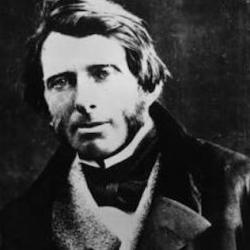Daniel Albright observes in his Panaesthetics that Renaissance perspective “is more unnatural, even seditious to nature, than it first appears” (49).
The reason is that “Perspective is less concerned with objects than with space – it lavishes its resources on relations, not on things. In some Renaissance paintings, the thing seems arbitrary, chosen mostly for its usefulness in describing flamboyance of space” (49).
He offers an example Perugino’s painting of Christ conferring the keys, in the background of which is a building that is supposed to be the temple but is more like “the baptisteries of Renaissance Italy. Roman arches are on either side. None of the buildings in the painting match the historical scene but convey power and glory. Perugino was “little concerned with representing a city, and greatly concerned with playing with the newly discovered science of perspective” (50).
Albright’s comment on perspective is intriguing, but I suspect he misses at least some of the rationale for the array of buildings in the Perugino painting. The painter is not going for historical realism. He is, I would suggest, much more medieval than that, and the buildings are not only exercises in perspective but elaborations of the action in the foreground. Peter receives the keys after all – the bishop of Rome, not only head of the church but heir of pagan Rome’s glory – and the keys are exercised, among other things, in the admissions and exclusions associated with sacraments – hence the central focus on the baptistery.
Albright’s observations on the Renaissance obsession with space as opposed to things leads into a discussion of the interest of traditional painting in “the airy, the motile, the evanescent” (53). For them, every visible depiction hides and reveals “something invisible, teasing, permanent, in some sense indestructible even though the work itself is always destructible – never quite there in the artwork, never quite not there” (52).
From that, it is an easy step to talk of Kandinsky and Cezanne and the geometric interests of Modernism. He compares a passage from a 1584 treatise by Giovanni Lomazzo to Kandinsky’s 1911 manifesto ob abstraction. They are not far apart (54-5). Renaissance interest in the invisible and in space was not Modernist; but it wasn’t anti-Modernist either.















